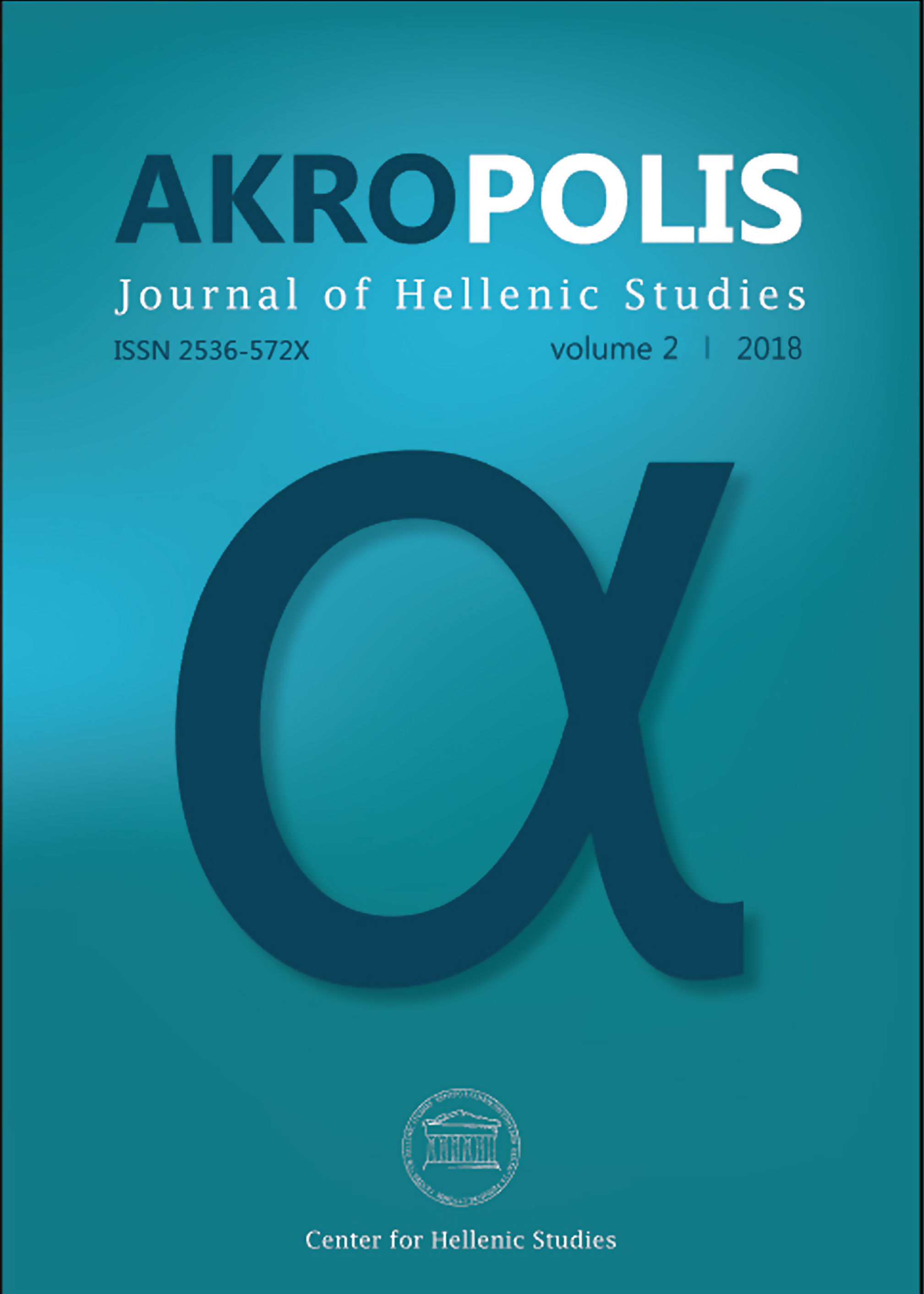Nicknames among Greeks of the Archaic and Classical Periods: Preliminary Thoughts of a General Theoretical Nature
Nicknames among Greeks of the Archaic and Classical Periods: Preliminary Thoughts of a General Theoretical Nature
Author(s): Igor SurikovSubject(s): Philology
Published by: Центар за хеленске студије
Keywords: nicknames; archaic greece
Summary/Abstract: This article is the first in a series devoted to nicknames of well-known people in Greece of pre-Hellenistic times. In it general considerations are primarily expressed about the role of nicknames in human societies (including ancient Greek), relations of nicknames to personal names and divine epithets, terminology of nicknames among the Greeks, and the possible reasons for not very broad development of the practice of nicknaming in Greece during this period. A nickname is a fundamental phenomenon of the history of culture, and its real significance has not yet been appreciated. Nicknames in particular served as means of distinguishing individuals within any society. The names of the ancient Greeks had originally resembled nicknames as much as possible. Onomastic units in Greek poleis were mostly meaningful. Nicknames can be assigned—not from a semantic but rather from an emotional point of view—to three basic types. We deal with nicknames of a) a positive, exalted character (“Olympian” as to Pericles); b) a negative, pejorative character (“Coalemos”—“Simpleton” as to Cimon the Elder); c) a neutral character—those that show a certain characteristic appearance of an individual (e.g., “One-Eyed”), or some kind of memorable detail of his biography (Hipponicus the “Ammon” in Athens at the turn of the 6th and 5th centuries BC). Another interesting thing took place in pre-Hellenistic times. Nicknames were more often connected not with politicians and state figures but with people from cultural spheres—poets, philosophers.
Journal: Akropolis: Journal of Hellenic Studies
- Issue Year: 2/2018
- Issue No: 1
- Page Range: 5-19
- Page Count: 14
- Language: English

